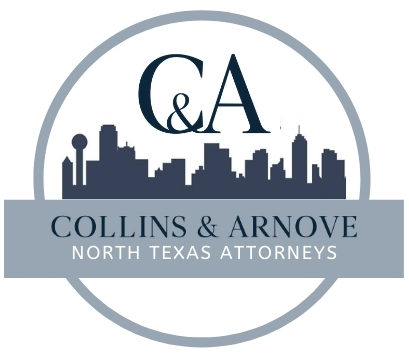What is the Means Test?
In 2005 Congress passed Bankruptcy Reform Act aka BAPCA. A major provision in this act was the means test. The basic premise of the means test is to only allow people to file Chapter 7 who do not have the “means” to pay back their unsecured creditors. It’s a very mechanical formula and often times not fair. However, it is what it is and is necessary to pass to file Chapter 7 in the vast majority of cases.
How does the Means Test Work?
1st Step: Median Income Test
The means test starts by taking a look at your six month average gross income. Income is from all sources and not just your pay. For example, it includes child support and VA disability. One good thing about the means test is that it does not consider Social Security Disability or Social Security for Retirement.
If your six month average gross income is below the median income then you pass. If it is above then you continue with the test. The median income is based on your household size and your state. The number are adjusted every so often.
As of time of this article (Aug of 2018) the median income numbers for Texas were:
Household of 1: $47,238
Household of 2: $63,148
Household of 3: $69,294
Household of 4: $78,572
You can always find updated median income numbers here
2nd Step: Plug in Numbers
If you above median then you continue with the various expenses you are entitled to. The expense numbers are set numbers for various categories. Some of these categories include: Food, clothing, and other household supplies; Out of pocket medical, Household Utilities, Rent/Mortgage, and Transportation.
After the set numbers, you plug in your actual deductions for items on your paycheck such as health insurance, tax liability, disability insurance, term life insurance (for the debtors only), and health care spending accounts.
In addition you would then plug in actual expense items for things that are allowed under the test such as child care and charitable contributions.
The Result…
Think of this is as an income statement. You have your gross numbers from your job and/or other sources of income. Then you have your expenses. If the result is a number that is low enough then you pass and get to file Chapter 7. The kicker about this test is the expense items you get to use are mandated by certain rules.
If you notice this test has nothing to do with the amount of unsecured debt you owe. I’ve heard countless times that the test isn’t right because they don’t have any money left over right now. Yes, that is probably true is you are still paying all your unsecured debt. This test is designed to see how your budget would operate with the elimination of that debt. Your general unsecured debt has nothing to do with the means test. If it did then it would encourage people to take on more debt just to pass the means test.
Collins & Arnove
We have filed thousands of Chapter 7 cases and have seen any and all issues with the means test. This write up is meant to cover the basic approach the means test takes. There are many situations that are too complicated to explain for the purposes of this article. We offer a free one on one consultation. At that consultation I ask that you bring in paycheck stubs, tax returns, and other proof of income. We will run a free means test for you to see what options you have available.
I routinely have people who come to me second. They say at their first consultation they didn’t even look at their paycheck stubs or plug in any numbers into a system. Don’t waste your time with that approach. Get the answers you need to make a decision right away – book a consultation here.
